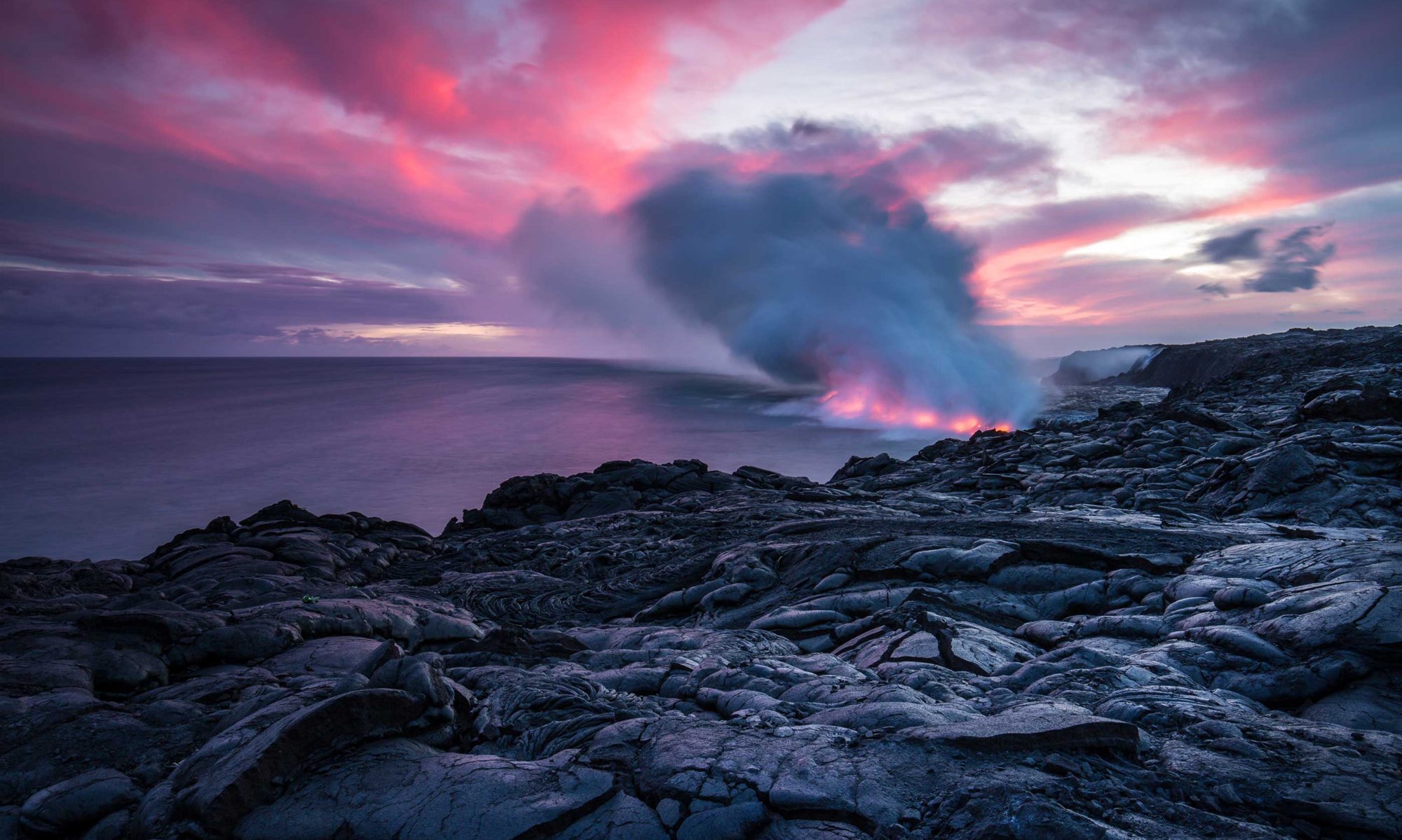The Surface Water and Ocean Topography (SWOT) satellite, a collaboration between NASA and the French space agency CNES, is making significant advances in flood prediction. This innovative satellite provides unprecedented data on water heights across nearly all Earth’s water surfaces, including rivers, lakes, and reservoirs. These bodies of water, critical to Earth’s hydrological cycle, are experiencing increased flooding due to accelerated climate change, which affects precipitation patterns and increases the number of people living in flood-prone areas.
Continue reading “SWOT satellite enhances global flood prediction”AI weather forecasting revolution
The field of weather forecasting is undergoing a transformative shift with the integration of artificial intelligence, heralding a new era in how meteorological predictions are made. This revolution is epitomized by the development of AI weather forecasting models that are capable of running on desktop computers, which marks a significant departure from the traditional, computationally intensive methods that require supercomputers.
Continue reading “AI weather forecasting revolution”Zombie fires: A growing threat in warming Arctic
Zombie fires in the peatlands of regions like Alaska, Canada, and Siberia present an ongoing enigma to scientists. These fires vanish from sight during winter, smoldering underground, only to reemerge in the spring. Traditionally thought to be remnants of previous surface fires, new research suggests that zombie fires might actually be ignited by rapid atmospheric warming, which causes the peat soils to heat up spontaneously to smoldering temperatures without any external spark. This phenomenon, potentially a direct result of climate change, indicates a new form of spontaneous combustion driven by environmental factors.
Continue reading “Zombie fires: A growing threat in warming Arctic”Advancing Earth observation with Synthetic Aperture Radar
Synthetic Aperture Radar (SAR) has transformed satellite imaging, providing a revolutionary capability to observe Earth’s surface in all weather conditions and at all times. SAR operates by bouncing radar signals off the ground and analyzing the returned echoes, which allows it to generate images through clouds, smoke, and darkness. This feature addresses a significant limitation of traditional optical satellites, which are obstructed by cloud cover approximately two-thirds of the time, restricting visibility of the Earth’s surface.
Continue reading “Advancing Earth observation with Synthetic Aperture Radar”Study shows accelerated Doomsday Glacier melting
New research utilizing radar data from space has revealed alarming insights about the Thwaites Glacier in West Antarctica, commonly known as the “Doomsday Glacier.” This study, published in the Proceedings of the National Academy of Sciences, highlights a significant increase in the vulnerability of the glacier, as ocean water is found to be pushing miles beneath it. This process is causing vigorous Doomsday Glacier melting, which might mean that the current projections for global sea level rise are considerably underestimated.
Continue reading “Study shows accelerated Doomsday Glacier melting”Study reveals critical Amazon rainforest drought impact
A recent study highlights the severe Amazon rainforest drought impact, showing that over a third of the Amazon is struggling to recover from persistent drought conditions. This research, detailed in the Proceedings of the National Academy of Sciences, underscores a critical slowing down of the forest’s resilience, pushing it towards a potential irreversible degradation. The findings are particularly alarming as the Amazon serves as the world’s largest terrestrial carbon sink and a pivotal element in global climate regulation.
Continue reading “Study reveals critical Amazon rainforest drought impact”Growing impact of Arctic rain-on-snow events
In August 2021, an unprecedented event occurred at the Greenland ice cap’s summit, where rain caused significant melting and retreat of the snowline, highlighting the growing frequency and impact of Arctic rain-on-snow events. This event prompted Joel Harper, a glaciologist at the University of Montana, to revisit earlier anomalies in his data from 2008, confirming it had rained significantly late in the season.
Continue reading “Growing impact of Arctic rain-on-snow events”Impacts and insights on coronal mass ejections
Last weekend’s skies lit up with a stunning display of the aurora borealis, visible as far south as Alabama, thanks to a powerful coronal mass ejection. This celestial phenomenon, typically confined to polar regions, underscores the dramatic effects that solar activities can have on Earth. Coronal mass ejections are not only beautiful but also bear potential hazards, as their interaction with Earth’s magnetic field can lead to disruptions in satellites, GPS systems, power grids, and telecommunications.
Continue reading “Impacts and insights on coronal mass ejections”AI forest species identification
Netflora, developed by Embrapa, represents a significant advancement in forest management through the use of artificial intelligence (AI). This methodology utilizes a set of algorithms specifically trained to enhance AI forest species identification.
Continue reading “AI forest species identification”Climate Change Adaptation Digital Twin
The Climate Change Adaptation Digital Twin (Climate DT) developed under the Destination Earth initiative (DestinE) of the European Commission represents a significant advancement in creating detailed, operational, and interactive capabilities for climate projections with local granularity.
Continue reading “Climate Change Adaptation Digital Twin”
